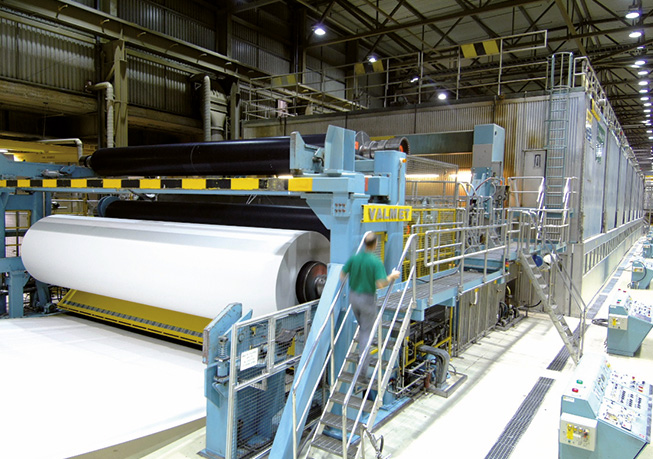Timber used for papermaking comes from well managed forests where more trees are planted than harvested to ensure sustainable growth.
Papermakers usually use only the parts of the tree that other commercial industries don’t want – such as saw mill waste and forest thinnings.
Some of the pulp properties depend upon the process used to separate the fibres from the timber. The main processes are called mechanical and chemical.
